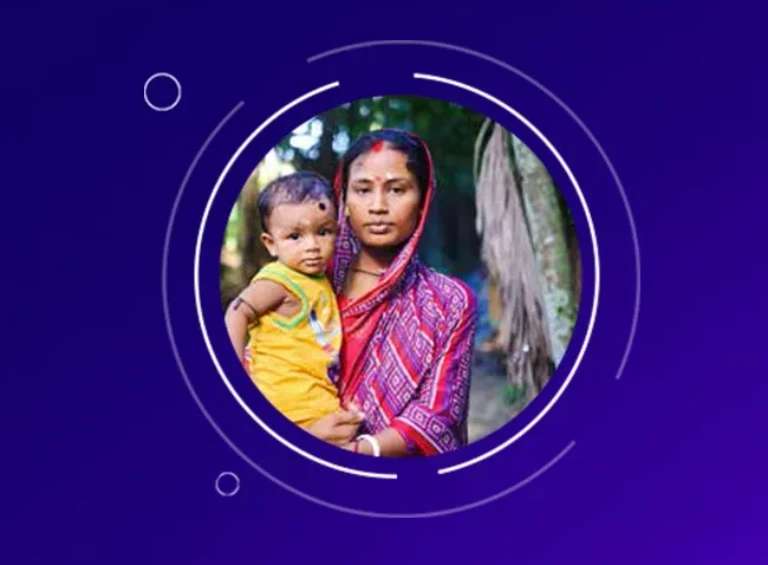The proportion of unvaccinated children across 36 Indian states and union territories from 1993 to 2021

Timely immunization is an important intervention to improve survival outcomes among children. Children who do not receive any vaccination are at increased risk of death, morbidity, and socioeconomic vulnerabilities that affect their growth and development over time. This cross-sectional study aimed to examine the patterns among children who do not receive any vaccination across India over 29 years from the year 1993 to 2021 and to determine the relative involvement of various geographic locations in the overall geographic variation in zero-dose immunization.
Read more to know about the prevalence of zero-dose immunized children in different parts of the country.
Importance
Children who do not receive any routine vaccinations (ie, who have 0-dose status) are at elevated risk of death, morbidity, and socioeconomic vulnerabilities that limit their development over the life course. India has the world's highest number of children with 0-dose status; analysis of national and subnational patterns is the first important step to addressing this problem.
Objectives
To examine the patterns among children with 0-dose immunization status across all 36 states and union territories (UTs) in India over 29 years, from 1993 to 2021, and to elucidate the relative share of multiple geographic regions in the total geographic variation in 0-dose immunization.
Design, setting, and participants
This repeated cross-sectional study analyzed all 5 rounds of India's National Family Health Survey (1992-1993, 1998-1999, 2005-2006, 2015-2016, and 2019-2021) to compare the prevalence of children with 0-dose status across time-space and geographic regions. The Integrated Public Use of Microdata Series was used to construct comparable geographic boundaries for states and UTs across surveys. The study included a total of 125 619 live children aged 12 to 23 months who were born to participating women.
Main outcomes and measures
The outcome was a binary indicator of children's 0-dose vaccination status, coded as children aged 12 to 23 months at the time of the survey who had not received the first dose of the diphtheria-tetanus-pertussis-containing vaccine. The significance of each geographic unit was computed using the variance partition coefficient (VPC).
Results
Among 125 619 children, the national prevalence of those with 0-dose status in India decreased from 33.4% (95% CI, 32.5%-34.2%) in 1993 to 6.6% (95% CI, 6.4%-6.8%) in 2021. A substantial reduction in the IQR of 0-dose prevalence across states from 30.1% in 1993 to 3.1% in 2021 suggested a convergence in state disparities. The prevalence in the northeastern states of Meghalaya (17.0%), Nagaland (16.1%), Mizoram (14.3%), and Arunachal Pradesh (12.6%) remained relatively high in 2021. Prevalence increased between 2016 and 2021 in 10 states, including several traditionally high-performing states and UTs, such as Telangana (1.16 percentage points) and Sikkim (0.92 percentage points). In 2021, 53.0% of children with 0-dose status resided in the populous states of Uttar Pradesh, Bihar, and Maharashtra. A multilevel analysis comparing the share of variation at the state, district, and cluster (primary sampling unit) levels revealed that clusters accounted for the highest share of the total variation in 2016 (44.7%; VPC [SE], 1.04 [0.32]) and 2021 (64.3%; VPC [SE], 0.38 [0.12]).
Conclusions and relevance
In this cross-sectional study, findings from approximately 3 decades of analysis suggest the need for sustained efforts to target populous states like Uttar Pradesh and Bihar and northeastern parts of India. The resurgence of 0-dose prevalence in 10 states highlights the importance of programs like Intensified Mission Indradhanush 4.0, a major national initiative to improve immunization coverage. Prioritizing small administrative units will be important to strengthening India's efforts to bring every child into the immunization regime.
For more details on the article
- Rajpal S, Kumar A, Johri M, et al. Patterns in the Prevalence of Unvaccinated Children Across 36 States and Union Territories in India, 1993-2021. JAMA Network Open, 6.




